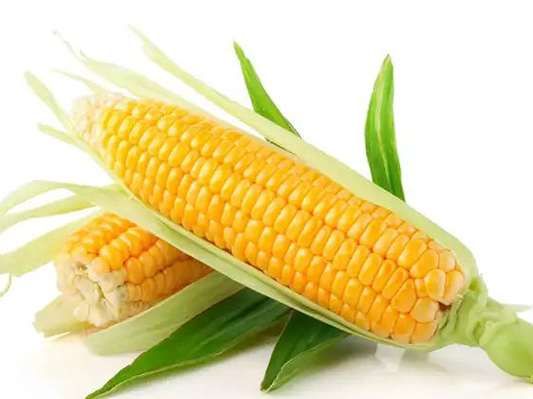Human has produced over 9.1 billion tons of plastic so far, most of which are thrown into landfills or the sea. Plastic takes 100-200 years to naturally break down, and the process of decomposition can damage soil structure. Most plastics have caused many environmental problems due to improper disposal. To protect the environment, biodegradable plastics have gradually replaced traditional plastics in many fields. So what is biodegradability definition? What does it mean if something is biodegradable? In this article, we will explore it.
What does biodegradable mean in science?
In simple definition, biodegradable, pronouncing /baɪoʊdɪˈɡreɪdəbl/, refers to materials that can be broken down by the action of living organisms (such as bacteria and fungi) into natural substances, such as water, carbon dioxide, and minerals.

The decomposition of biodegradable materials is mainly through the action of microorganisms, therefore, the degradation mechanism of biodegradable materials is the process of material digestion and absorption by bacteria, fungi, and other factors. Firstly, microorganisms secrete hydrolytic enzymes to bind with the surface of the material, hydrolyze and cut off the polymer chains on the surface to generate small molecular weight compounds. The degraded products are then ingested into the body by microorganisms, and through various metabolic pathways, they synthesize microbial biomass or convert it into energy for microbial activity, ultimately converting it into water and carbon dioxide. According to the chemical nature of its degradation, it can be divided into two types: hydrolysis and enzymatic hydrolysis.
What does biodegradable mean in food?
In food, biodegradable means that a food or ingredient will decompose naturally in the environment without causing any pollution or harm to the environment. Examples of biodegradable foods include fruit and vegetable waste, dairy products, and food packaging made from compostable materials.

Vegetable skins, eggshells and kitchen waste can be directly biodegradable. When these items are discarded, they decompose in a relatively short period of time, so they can be absorbed into the natural environment.
Benefits of biodegradable
Why is it important for land pollution? With the rise of environmental awareness, more and more consumers are beginning to consider the biodegradable material as an important requirement. Using biodegradable materials can help achieve sustainable development goals. Here are the benefits of biodegradable material.
It can be treated together with garbage or made into compost to return to nature.
Reducing its volume due to degradation and extending the service life of the landfill site.
There is no problem with ordinary plastics needing to be incinerated, which can suppress the emission of harmful gases such as dioxins.
Can reduce the harm to wildlife caused by indiscriminate disposal.
Convenient storage and transportation, as long as it remains dry and does not require light protection.
Widely applicable, not only in agriculture and packaging industries, but also in the medical industry.
Biodegradable examples
Here are some examples of biodegradable.
| Vegetables | 5 days to 1 month |
| Paper | 2-5 months |
| Cotton T-shirt | 6 months |
| Leaves | 1 year |
Are plastics biodegradable?
Although all plastic is biodegradable, this process takes many, many years. Traditional plastic like PET (polyethylene terephthalate) cannot readily decompose or biodegrade.
How to determine if this material is biodegradable?
Finding out whether a material is truly biodegradable can be a challenge. So, if you want to determine if something is biodegradable, check the packaging and don't hesitate to contact the manufacturer for inquiries.
What is non biodegradable?
Non biodegradable materials need to take hundreds of years to decompose and release harmful chemicals into the environment. Materials like foamed plastics, plastics and aluminum are generally considered non biodegradable because they take a long time to break down.
| Nylon | 30-40 years old |
| Aluminum can | 80-100 years old |
| Polystyrene foam cup | more than 500 years |
| Traditional plastic bags | over 500 years old |
In the cosmetics industry, taking plastic microbeads as an example, due to the inability of existing sewage treatment systems to degrade and recycle plastic microbeads, a large amount of plastic microbeads are discharged into rivers, lakes, and seas. They are suspended or deposited in water and can enter aquatic organisms through the digestive and respiratory systems, leading to rejection reactions and even death, seriously endangering marine ecology. At the same time, plastic microbeads also carry a large amount of toxic organic compounds, which enter the human body with the food chain, posing a serious threat to human health.
Biodegradable vs compostable
Compostable refers to a product or material that can be biodegraded in a specific, human driven environment. Unlike completely natural biodegradation processes, composting requires human intervention. During the composting process, microorganisms decompose organic matter with the help of humans, providing the necessary water, oxygen, and organic matter to optimize the conditions. The composting process usually takes several months or 1-3 years.







